
the peripatetic process of parial’s painted photographs
By Rubén D.F. Defeo
Professor of Art History, Theory and Criticism
College of Fine Arts
University of the Philippines Diliman
Mario Augustin parial’s art has always revolved around three persuasions: photography, printmaking and painting. There was a time when his paintings looked like collagraph plates where actual textures were provided by textile collages on canvas—one can almost pull imprints from them. In 1997, in a show in New York together with his son, Mikel, his mixed media paper works carried the same disposition. Mario conjured images of fiestas and local customs, fabricated them in his PC using Fractal and Painter soft wares, churned out computerised print outs, and enhanced them by applying pigments on selected areas, gilding some edges, and collaging bits and strips of paper to texturise the ground, whether tactile or implied.
Mario had to forego in the interim large scale painting when he had a grave problem with his spinal column in 2003. It was a decision he had to bitterly accept considering that painting for the more than past three decades had indeed become Mario’s way of life. It was fortunate that six years earlier, he had a dalliance with digital art, whose less strenuous process provided Mario the necessary room for a quick and steady recuperation.
He rekindled his romance with photography that had gone digital. Armed with a Nikon digital point and shoot camera, Mario scoured the city and took pictures of anything he fancied and downloaded them in his computer. And having become more proficient with the computer, he navigated image enhancing softwares like Adobe Photoshop to deconstruct printed photographs: tweaking their colours, adjusting resolutions, resising or cropping them, and imbuing them with awesome visual effects in endless permutations.
For the present collection, Mario raises the bar further. Yes, he still works on digitised images, but for the primary medium, he uses conventional photography—loading film rolls on camera, exposing them to light and developing them in the darkroom—in this day and age of instant image fabrication and facile manipulation. Why does he want to go through the entire painstaking process of manual photography which digitisation has comfortably and conveniently cut short? What is the itch, one may therefore ask?
Mario does not use the usual Single Lens Reflex cameras as he did before during his student days. Today, he uses vintage cameras in his photo shoots. Instead of simply collecting vintage cams, he uses them to advance his art. He has penetrated the elite circle of vintage camera collectors in the country, has been a regular presence at E-bay auctions online, has combed the Quiapo district for other possible finds and referrals, if not occasional repairs. In short, he has securely poised his artistic presence in the highly exclusive field.
His exposure to these gadgets has immensely expanded his knowledge of photography, as well as its history as gleaned from the make and capability of the various vintage cams and lenses that pass through his hands. He has become pickier with the kind of film to use, depending on how grainy the final print he has in mind (and mind you, he gets these raw stocks in Hong Kong and Singapore where they are fortunately still available).
Mario gathers materials like indeed a scavenger, a maverick, the way David Medalla walks the streets of the great cities of the world, say New York and London, toting a huge bag to pick up whatever objects that happen on the way and which may eventually materialize in his artworks. But Mario doesn’t collect objects. He grabs images using vintage cams, painstakingly adjusting lens aperture and speed, using special films with particular interest on their ASA readings.
Photography is a matter of point of view. One may have the top-of-the-line camera in the world, but if he does not have a POV, the camera is rendered useless. What matters therefore is the eye that peeps into the viewfinder and commands the finger to click the shutter.
Like an initiated camera buff, Mario lugs with him the precious box ready to capture images of people, places, objects and events, outdoor or indoor, morning, noon till night. When he happens to be at the right place at the right time, and the right event transpires, the camera shutter clicks to commit to immortality the shot of a lifetime.
But that is not the end of it.
After shoot, he develops and processes the film in the grand old manner in his darkroom, scans the film to digitise it, resises it (but no computerised image manipulation, lest he loses intended film quality) and prints it in photo paper. In this way, the computer simply functions as the photo enlarger of yore. The actual print becomes Mario’s ground and support at the same time. He playfully adds dashes of acrylic colour, pastel and pencil, crosshatches with felt tip markers and paper collages, to create his own pictographic and painterly reality.
By Rubén D.F. Defeo
Professor of Art History, Theory and Criticism
College of Fine Arts
University of the Philippines Diliman
Mario Augustin parial’s art has always revolved around three persuasions: photography, printmaking and painting. There was a time when his paintings looked like collagraph plates where actual textures were provided by textile collages on canvas—one can almost pull imprints from them. In 1997, in a show in New York together with his son, Mikel, his mixed media paper works carried the same disposition. Mario conjured images of fiestas and local customs, fabricated them in his PC using Fractal and Painter soft wares, churned out computerised print outs, and enhanced them by applying pigments on selected areas, gilding some edges, and collaging bits and strips of paper to texturise the ground, whether tactile or implied.
Mario had to forego in the interim large scale painting when he had a grave problem with his spinal column in 2003. It was a decision he had to bitterly accept considering that painting for the more than past three decades had indeed become Mario’s way of life. It was fortunate that six years earlier, he had a dalliance with digital art, whose less strenuous process provided Mario the necessary room for a quick and steady recuperation.
He rekindled his romance with photography that had gone digital. Armed with a Nikon digital point and shoot camera, Mario scoured the city and took pictures of anything he fancied and downloaded them in his computer. And having become more proficient with the computer, he navigated image enhancing softwares like Adobe Photoshop to deconstruct printed photographs: tweaking their colours, adjusting resolutions, resising or cropping them, and imbuing them with awesome visual effects in endless permutations.
For the present collection, Mario raises the bar further. Yes, he still works on digitised images, but for the primary medium, he uses conventional photography—loading film rolls on camera, exposing them to light and developing them in the darkroom—in this day and age of instant image fabrication and facile manipulation. Why does he want to go through the entire painstaking process of manual photography which digitisation has comfortably and conveniently cut short? What is the itch, one may therefore ask?
Mario does not use the usual Single Lens Reflex cameras as he did before during his student days. Today, he uses vintage cameras in his photo shoots. Instead of simply collecting vintage cams, he uses them to advance his art. He has penetrated the elite circle of vintage camera collectors in the country, has been a regular presence at E-bay auctions online, has combed the Quiapo district for other possible finds and referrals, if not occasional repairs. In short, he has securely poised his artistic presence in the highly exclusive field.
His exposure to these gadgets has immensely expanded his knowledge of photography, as well as its history as gleaned from the make and capability of the various vintage cams and lenses that pass through his hands. He has become pickier with the kind of film to use, depending on how grainy the final print he has in mind (and mind you, he gets these raw stocks in Hong Kong and Singapore where they are fortunately still available).
Mario gathers materials like indeed a scavenger, a maverick, the way David Medalla walks the streets of the great cities of the world, say New York and London, toting a huge bag to pick up whatever objects that happen on the way and which may eventually materialize in his artworks. But Mario doesn’t collect objects. He grabs images using vintage cams, painstakingly adjusting lens aperture and speed, using special films with particular interest on their ASA readings.
Photography is a matter of point of view. One may have the top-of-the-line camera in the world, but if he does not have a POV, the camera is rendered useless. What matters therefore is the eye that peeps into the viewfinder and commands the finger to click the shutter.
Like an initiated camera buff, Mario lugs with him the precious box ready to capture images of people, places, objects and events, outdoor or indoor, morning, noon till night. When he happens to be at the right place at the right time, and the right event transpires, the camera shutter clicks to commit to immortality the shot of a lifetime.
But that is not the end of it.
After shoot, he develops and processes the film in the grand old manner in his darkroom, scans the film to digitise it, resises it (but no computerised image manipulation, lest he loses intended film quality) and prints it in photo paper. In this way, the computer simply functions as the photo enlarger of yore. The actual print becomes Mario’s ground and support at the same time. He playfully adds dashes of acrylic colour, pastel and pencil, crosshatches with felt tip markers and paper collages, to create his own pictographic and painterly reality.




























































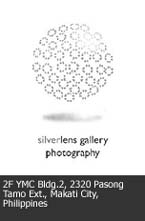




































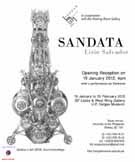
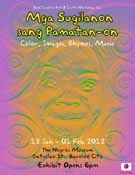


























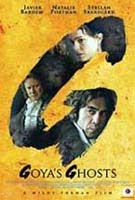

















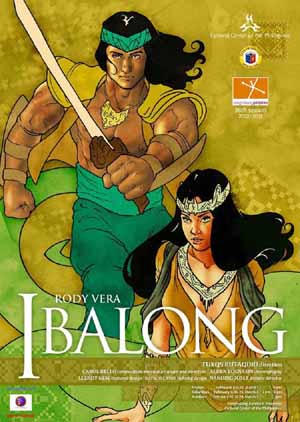
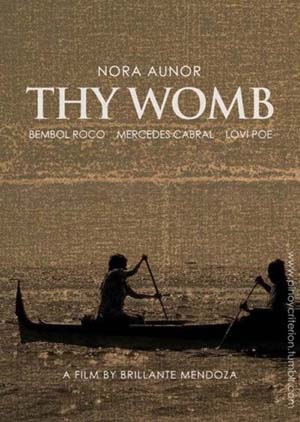









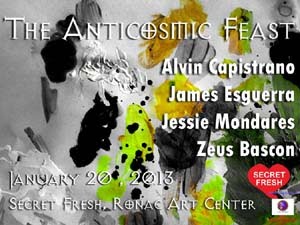
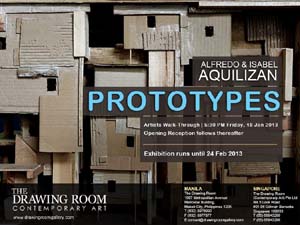
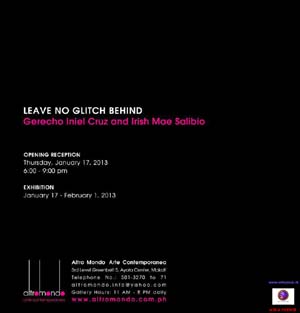
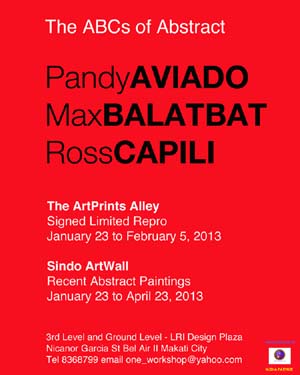
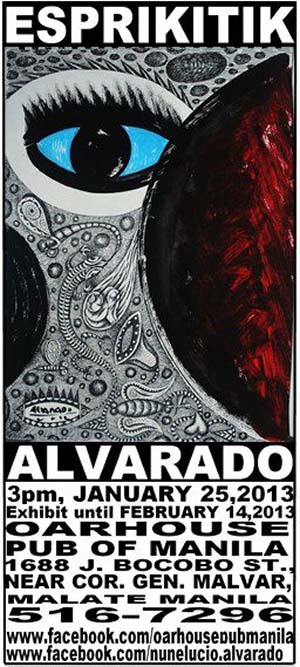
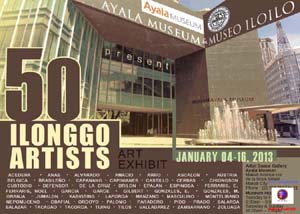

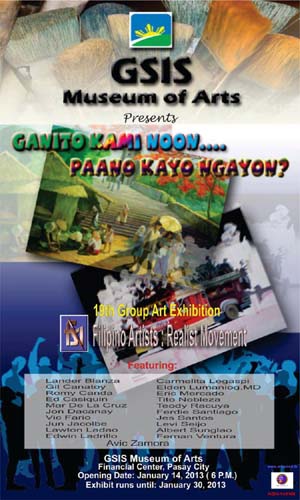
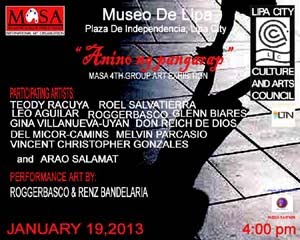


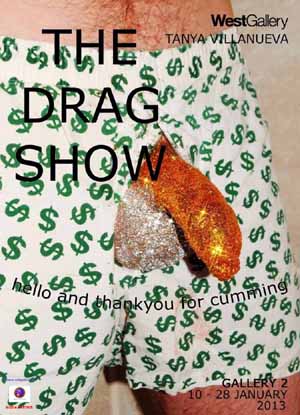












No comments:
Post a Comment